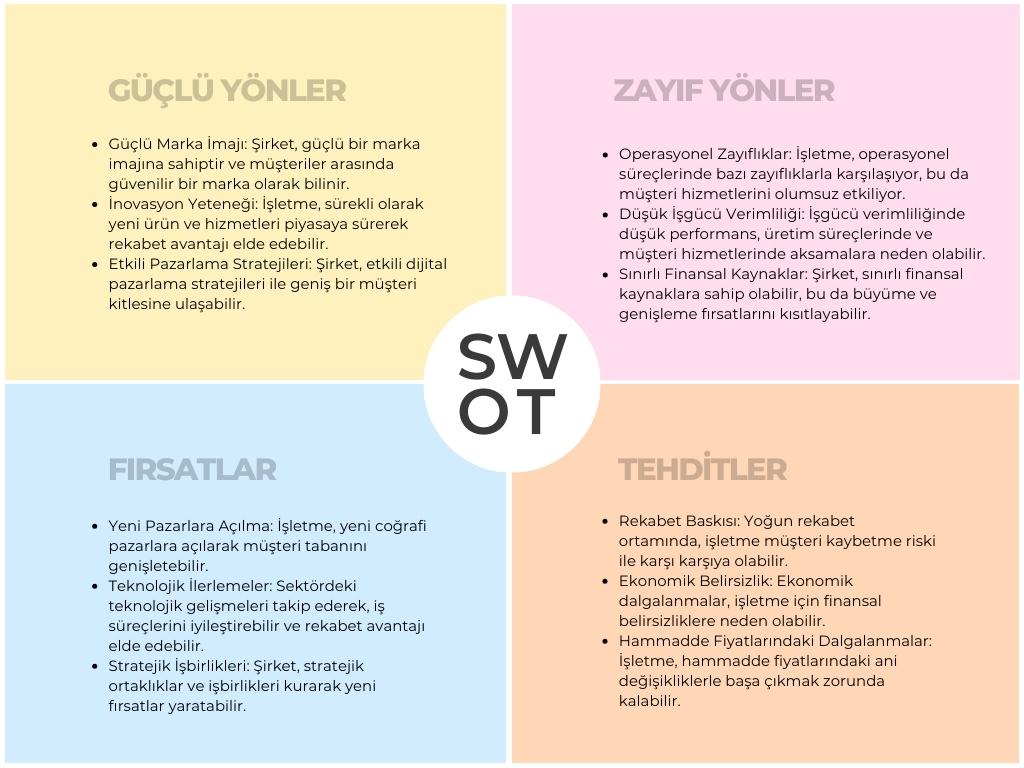Social media is a great tool used by everyone and helps brands create digital identities. Since it is very popular today, both individuals and businesses are obsessed with this platform. Everyone who wants to promote their brand and expand their customer base is trying to understand how they can use these platforms more efficiently. In this article, we wanted to examine and guide you on how to do social media management and, in a sense, how you can do social media management for your business. If you are confused about how to manage your social media accounts and need some guidance, you should continue reading this article.
What is Social Media Management? What is it for? Why is it important?
Social media is the most responsive and minimal cost platform for interacting with people. For this reason, brands prefer to use these platforms to interact with their target audiences. Increasing their reputation in the digital world, strengthening customer relations, and promoting their products or services is the number one goal of businesses on social media.
The main purpose of social media management is to increase brand recognition in a positive way. In addition, other goals include increasing sales by promoting products or services and solving problems by interacting with customers. If companies want to gain a competitive advantage, they must use social media platforms effectively.
What is the Role of a Social Media Manager?
A social media manager is a person who develops content for social media platforms, conducts analysis, communicates with the target audience and thus increases brand awareness. While doing all this, the social media manager sets goals for social media and creates strategies suitable for these goals. Conducts competitor analysis if necessary. It produces content in accordance with its analysis and shares content regularly. It strives to attract people’s attention by ensuring that the content is creative and interesting. Responds to follower comments and messages if necessary. Responds to positive or negative feedback. Monitors social media performance. As a result, it makes trace analysis and reports. As a result of these analyses, it constantly updates its strategies.
A social media manager also creates and manages advertising campaigns when necessary. It works to increase brand awareness by directing advertisements to the target audience. A social media manager should also be up to date. It should constantly follow innovations and current trends and improve its strategies by adopting these innovations. If a negative situation occurs, one must know how to react quickly and effectively. So, “what are the basic steps a social media manager should follow in order to do effective social media management?” Let’s examine it together.
Set Goals
The first step a brand must take towards creating a digital identity is to set the right goals for itself. When determining these goals, the current situation of the business should be analyzed well and realistic paths should be drawn, whether short-term or long-term. For example, you can set goals such as increasing brand awareness, increasing customer interaction at a certain rate, or increasing sales. This stage depends entirely on your current situation and what you want to achieve.
Make a Target Audience Analysis
When doing Social Media Management, you should know your target audience well. Target audience identification is the process of identifying a specific audience to focus on in order to market a company’s or individual’s products, services, or content most effectively. Thanks to this process, you can improve your marketing strategies, increase your interactions and communicate more effectively. When conducting target audience analysis, you should conduct market analysis to understand general market trends and developments in your industry. Next, you should examine demographic data to understand your existing customer base. You can use Google Analytics for this.
How to Examine Demographic Data with Google Analytics?

Google Analytics is a tool that provides comprehensive data about websites’ visitor traffic and user interactions. You can follow these steps to examine demographic data.
Sign in to Google Analytics:
Log in to your Google Analytics account and go to the relevant website’s profile.
Go to the “Target Audience” Tab from the Left Menu and See Demographic Data:
Go to the “Audience” tab in the left menu. In this section, click on the “Demographics” tab. Here you will be able to see data such as age, gender and interests.
Review Geographic Data:
Go to the “Audience” tab in the left menu and click on “Geographic” under it. In this section you can find information about users’ geographical locations.
Filtering Reports:
To examine demographic data more specifically, you can use the filter options at the top. For example, you can choose a specific time period or focus on a specific geographic area.
Comparing Data:
Examine graphs and tables to compare different demographic groups or interests. This can help you understand which groups are engaging more with your website
By following these steps, you can review demographic data and also perform analysis. This information will help you improve your marketing strategies.
Another action you can take while doing target audience analysis is to do a “Swot Analysis”. By performing SWOT analysis, you can determine the strengths, weaknesses, opportunities and threats of your company or product.
How to Perform SWOT Analysis?

Conducting a SWOT analysis for your business will be a strategic planning in which you can evaluate internal strengths and weaknesses and external opportunities and threats. You can perform your SWOT analysis by evaluating under these four headings.
Strengths
When determining your company’s strengths, you should understand and analyze which internal strengths it stands out for. For example, examples such as brand awareness, excellent customer service, technological capabilities, strong financial situation are suitable for strengths.
Weaknesses
When determining your company’s weaknesses, you should understand and analyze which weaknesses it is struggling with internally. For example, examples such as low staff motivation, limited financial resources, technological deficiencies are suitable for strengths.
Opportunities
The part you need to evaluate here is how your organization is affected by external factors. Opportunities should not be confused with strengths. External factors are involved here. For example, examples such as increased competition, economic recession, and changing consumer demands are suitable for opportunities.
Threats
Under this heading, you should take into account the negative effects from external factors. For example, examples such as increasing competition, economic recession, changing consumer demands are good examples of threats.
Strategy Development
You should make a plan to achieve the goals you set as a result of your analysis. This planning process is called strategy development. This process should be thoroughly thought out and realistic. Establishing collaborations while creating strategies to achieve goals,
You can choose options such as market segmentation or product development. You should then create a detailed action plan. These plans; It should include responsible people, budgets, processes and performance measures.
Regular and Various Content Sharing
This stage is the most basic stage of the social media strategy. You must attract the attention of your target audience and be creative with the content you create. For the content sharing phase, you must first create a content calendar. This should include a regular release schedule.
When preparing a social media content calendar, it is important to determine how often you will share content. It will be beneficial for you to create a calendar by determining which days and times your posts will receive interaction. You should then take care to arrange the posts you will prepare as different and creative content types. If necessary, you should spice up your posts by using various types of content such as photos, videos, inographics, articles or surveys. You should make sure that the visuals you use are compatible with your texts. Make sure that the language used in titles, subheadings and descriptions is compatible with the brand personality.
We have prepared a sample weekly content calendar for you. You can detail or change this content calendar according to your goals and plans.

Running Advertising Campaigns
Running advertising campaigns is crucial to attracting new people to your brand. You must set a budget for the campaign. Allocating a daily, weekly or monthly budget, r





